

Home | Testing Services | Technical Information | Consulting | Customer Services | Careers | Contact Us
![]()
►TOYS
►REGULATIONS OF DIFFERENT COUNTRIES
In-depth Explanation on EN 71-1:2005 + A9:2009 Safety of Toys, Mechanical and Physical Properties
ADDITIONAL REQUIREMENTS FOR THE AGE
GROUPS: 0 – 3 YEARS
IN ADDITION TO THE REQUIREMENTS MENTIONED ABOVE, TOYS
FOR CHILDREN UNDER 3 YEARS SHALL ALSO COMPLY WITH THE FOLLOWING REQUIREMENTS
22. GENERAL REQUIREMENTS for
toys intended for children under 3 years

- There shall not be no small part, sharp point nor sharp edge
before and after abuse tests, where the tests include torque test, tension
test, drop test, impact test and compression test, where applicable
-
Glued wooden toys and toys with
glued on plastic decals are subjected to a soaking test first, and then the
tests mentioned above are conducted
-
When the toys are intended for
children who are too young to sit up unaided (0 – 10 months), their casings
shall not cra
23. FILLING MATERIALS

-
Soft filling materials (e.g.
polyester fiber) shall not contain hard or sharp contaminants (e.g. needle)
-
If soft-filled toys contain
small parts*, their coverings shall be able to withstand the seam strength
tests so that it is not possible to insert the accessibility probe through any
openings in the seam
*Plastic
foam which is not a small part shall also be considered as hazardous, due to
the fact that it can be bitten or torn thereby producing small parts
24. CORDS ON TOY (e.g. ribbons
on soft toys, pull along toys…etc)
- The thi
- Cords on toy which include attachments which can form nooses
shall either be:
i) < 220mm (when measured under a force of 25 N, 5.6 lb)
ii) able to be separated into parts not exceeding 220 mm (when measured
under of a force of 25 N, 5.6 lb) when subjected to a force of 25 N, 5.6 lb
- Perimeter of nooses on cords shall be < 380 mm (when measured
under a force of 25 N, 5.6 lb)
- Self-refracting cords shall have a recoil force less than 10 N
(2.2 lb)
Remark: Monofilament doll hair is not considered as cord

ribbon
25. LIQUID FILLED TOYS (e.g. liquid filled teether)
- The toys shall be subjected to needle tests (force: 5 N, 1.1 lb,
tip radius of needle: 0.5 mm), and there shall not be leakage after tests
26. GLASS AND PORCELAIN (age group of under 3 years)

- Only inaccessible glass or porcelain are permitted for use in
toys intended for children under 3 years
27. SHAPE AND SIZE OF CERTAIN
TOYS 

-
Toys intended for children 0 –
10 months are subjected to the template tests (Template A/B)
-
These requirements do not apply
to:
i)
soft-filled toys, soft-filled
parts of toys or parts of fabric
ii)
rigid elements having a major
dimension equal to 30 mm or less
-
The plane of template A/B shall
be horizontal
-
The toy shall be placed through
the slot, without compression, and in any orientations
-
If the toy can pass through the
base(s) of template A/B, the toy fails to comply with the requirements
-
Examples of toys intended for
children 0 - 10 months are:
i) rattle shaped toys and squeeze toys with or
without noise making features;
ii) teether
iii)
removable components of toys intended to be strung across a crib, playpen or
perambulator
iv)
removable components of baby gyms
v) legs of baby gyms (all such legs shall be
tested regardless of the mass of toy)
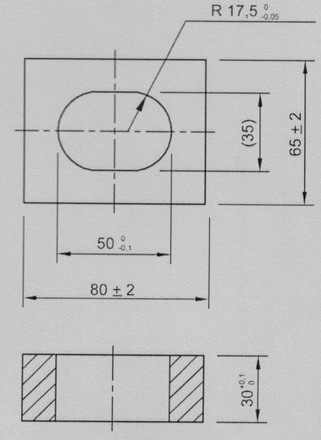
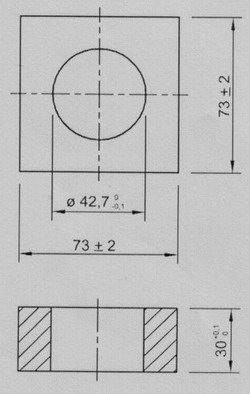
Template A Template
B
(only for toys with nearly spherical,hemispherical or circular flared ends)
Dimensions in millimeters
28. SMALL BALLS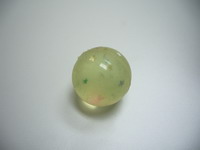
-
Definition of a small ball: any balls that pass through and fit wholly
into the small ball template (with diameter of 44.5 mm)
-
For toys intended for children under 3 years, there shall be no small
ball before and after abuse tests (torque, tension, drop, impact, and
compression, where applicable)
-
For toys intended for children over 3 years, if small ball exists
before or after abuse tests, small ball warning is needed, for example:
“Warning! Not suitable for children under 3 years because of small
ball(s)”
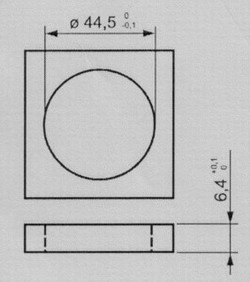
Dimensions in
millimeters
Small Ball Template
E
29. Play Figures

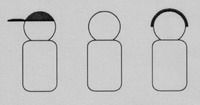
Examples of play figures
This
requirement does not apply to soft filled toys.
Play
figures having:
a) a round, spherical or hemispherical end with
tapered ne
b) an overall length not exceeding 64 mm
shall be designed so that the rounded ends should not protrude past the
base of Template B

Dimensions in
millimeters
Template B
30.HEMISPHEMISPHERIC-SHAPED
TOYS
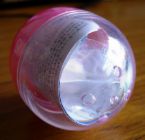
The toys within the scope of the
requirements should as a minimum comply with at least one of the following 4 requirements (a,b,c,d):
An opening is defined as a hole of
any shape with a dimension of 2 mm or more.
a. Have
at least 2 openings that are 13 mm or more from the rim as measured along the
outside contour
a1. If
the openings are placed in the base of the object, 2 or more of the openings
should be 13mm or more apart
a2. If
the openings are not placed in the base of the object, 2 or more of the
openings should be placed at least 30o but not more than 150o
apart
b. The
plane of the open end of the cup shape should be interrupted at the centre by
some type of divider that extends to 6 mm or less from the plane of the opening
c. Have
3 openings located between 6 mm and 13 mm from the rim and 100o or
more apart as measured along the outside contour
d. Have
a repeating scalloped edge pattern around the entire rim. The distance between
centerlines of adjacent peaks should be 25 mm or less and the depth should be 6
mm or more
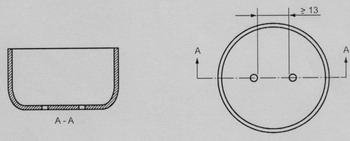
Openings in the base of bowl
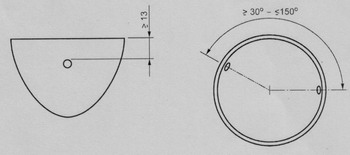
Opening placement
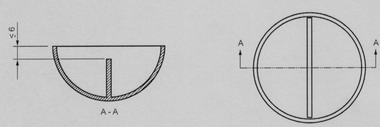
Rib through cup centre
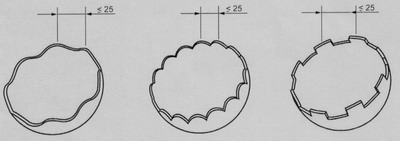
Scalloped edge pattern
All dimensions in millimeters
31.
SUCTION CUP
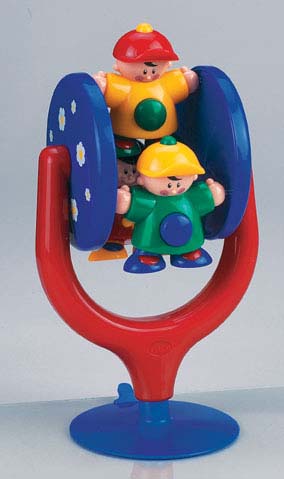
-
Loose suction cups, removable suction cups and suction cups attached to a
toy by a string, elastic cord or similar tether should not entirely pass through
Template E
-
Suction cups that become detached from toys after torque, tension, drop,
impact and compression tests, if applicable, should not entirely pass through Template
E and should continue to conform to relevant requirements in EN 71-1

Dimensions in millimeters Template E
© 2005, 2010 Professional Testing & Consulting Ltd. All rights reserved.
